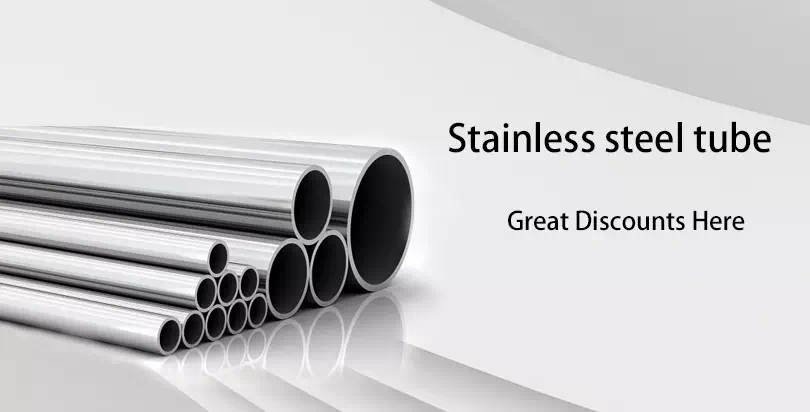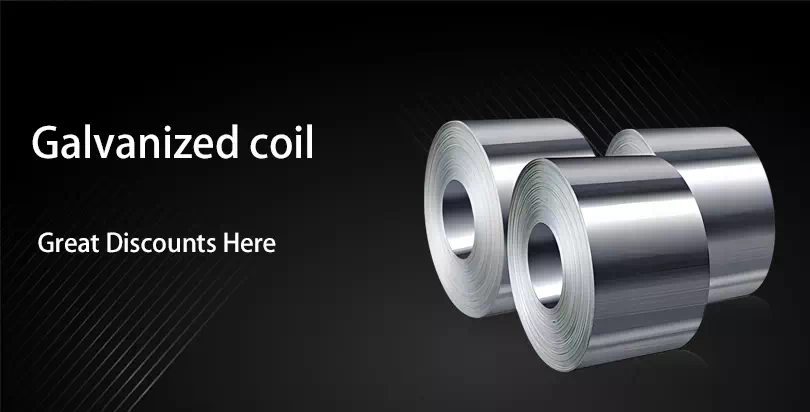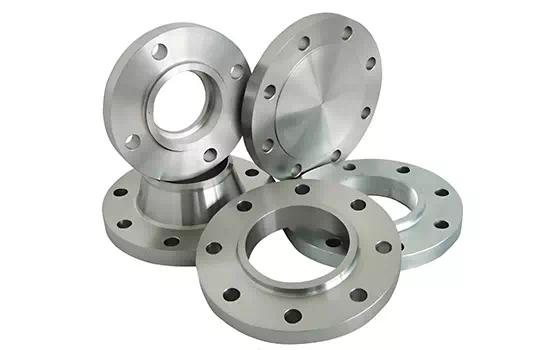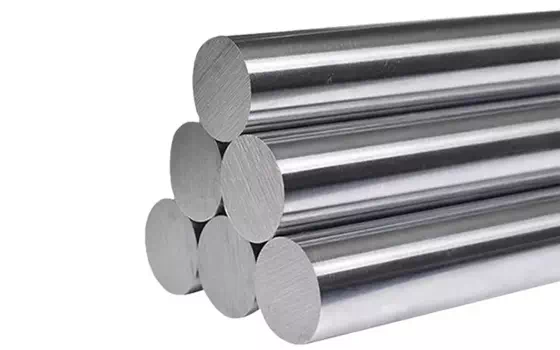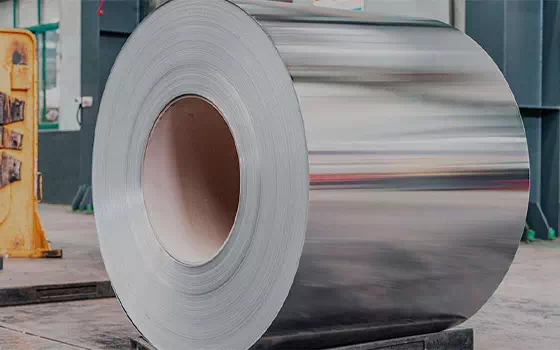Austenitic stainless steel is a kind of steel with excellent corrosion resistance and comprehensive properties, which is widely used in various industrial fields, especially in the environment that needs to resist corrosion of a variety of media.
Austenitic stainless steel is a kind of steel with excellent corrosion resistance and comprehensive properties, which is widely used in various industrial fields, especially in the environment that needs to resist corrosion of a variety of media. The reason why this steel has such excellent properties is mainly due to its chemical composition and microstructure characteristics. Under normal circumstances, the chromium content in austenitic stainless steel is greater than 18%, while containing about 8% nickel and a small amount of other elements such as molybdenum, titanium, nitrogen and so on. The combined action of these elements makes the steel maintain an austenitic state at room temperature, that is, a face-centered cubic crystal structure, which makes it have good plasticity, toughness and weldability, as well as non-magnetic or weak magnetic characteristics.
Common austenitic stainless steel grades are 0Cr18Ni9, 0Cr19Ni9, etc., where "0" means that the carbon content is less than 0.08%, such as 0Cr18Ni9 steel, containing about 18% chromium and 9% nickel. In addition, there are high-performance stainless steels that add other alloying elements, such as 0Cr17Ni12Mo2 (type 316 stainless steel), which in addition to chromium and nickel, also adds about 2% molybdenum to enhance its corrosion resistance in reducing media.
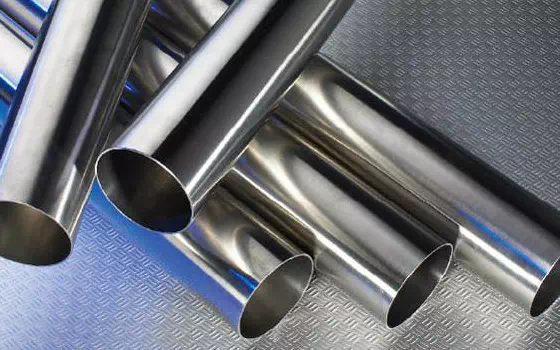
Austenitic stainless steel usually adopts solid solution treatment to obtain single-phase austenitic structure in order to improve its comprehensive properties. Solution treatment is to heat the steel to 1050 ~ 1150 ° C, and then rapidly cool it, so that carbon and other alloying elements are dissolved in austenite, thus forming a uniform single-phase structure.
Because of its excellent comprehensive properties, this kind of steel is widely used in the production of acid-resistant equipment, corrosion-resistant vessels and special pipes. In petrochemical, food processing, pharmaceutical and other industries, austenitic stainless steel is one of the indispensable materials. For example, austenitic stainless steel is widely used for its excellent chemical resistance in the manufacture of nitric acid resistant equipment, corrosion resistant tank tanks, conveying pipes and equipment linings. In addition, due to its good plasticity and toughness, austenitic stainless steel is also often used to make the main material of stainless steel watch jewelry.
In short, austenitic stainless steel, with its unique chemical composition and microstructure, plays an important role in industrial production and daily life. Through reasonable material selection and heat treatment process, its performance can be further improved to meet a variety of demanding application needs.


